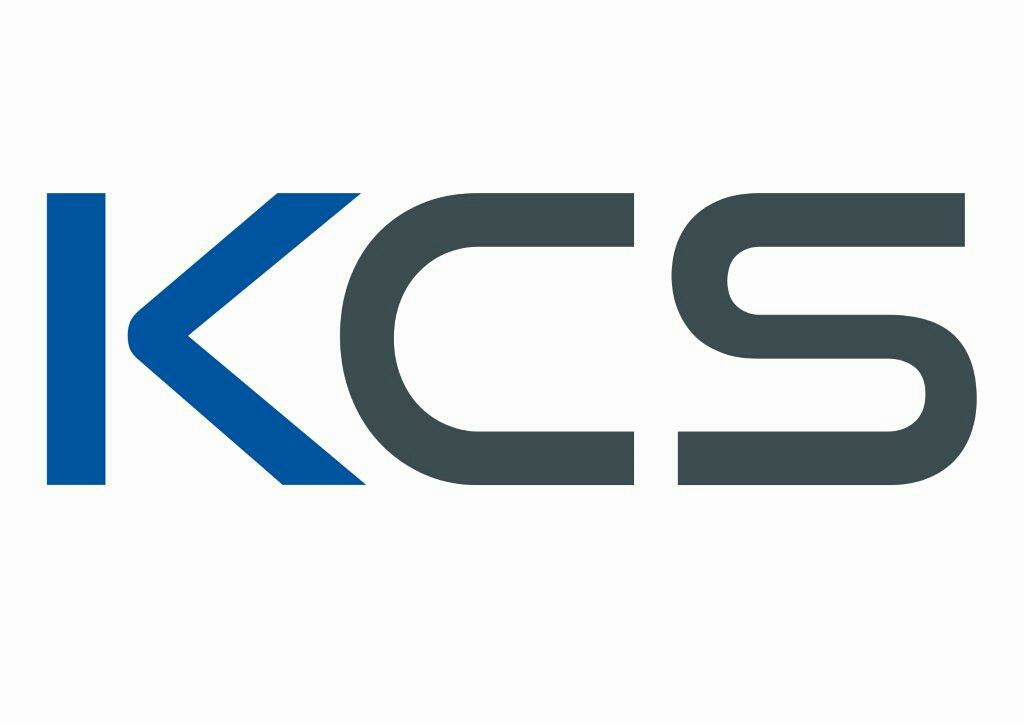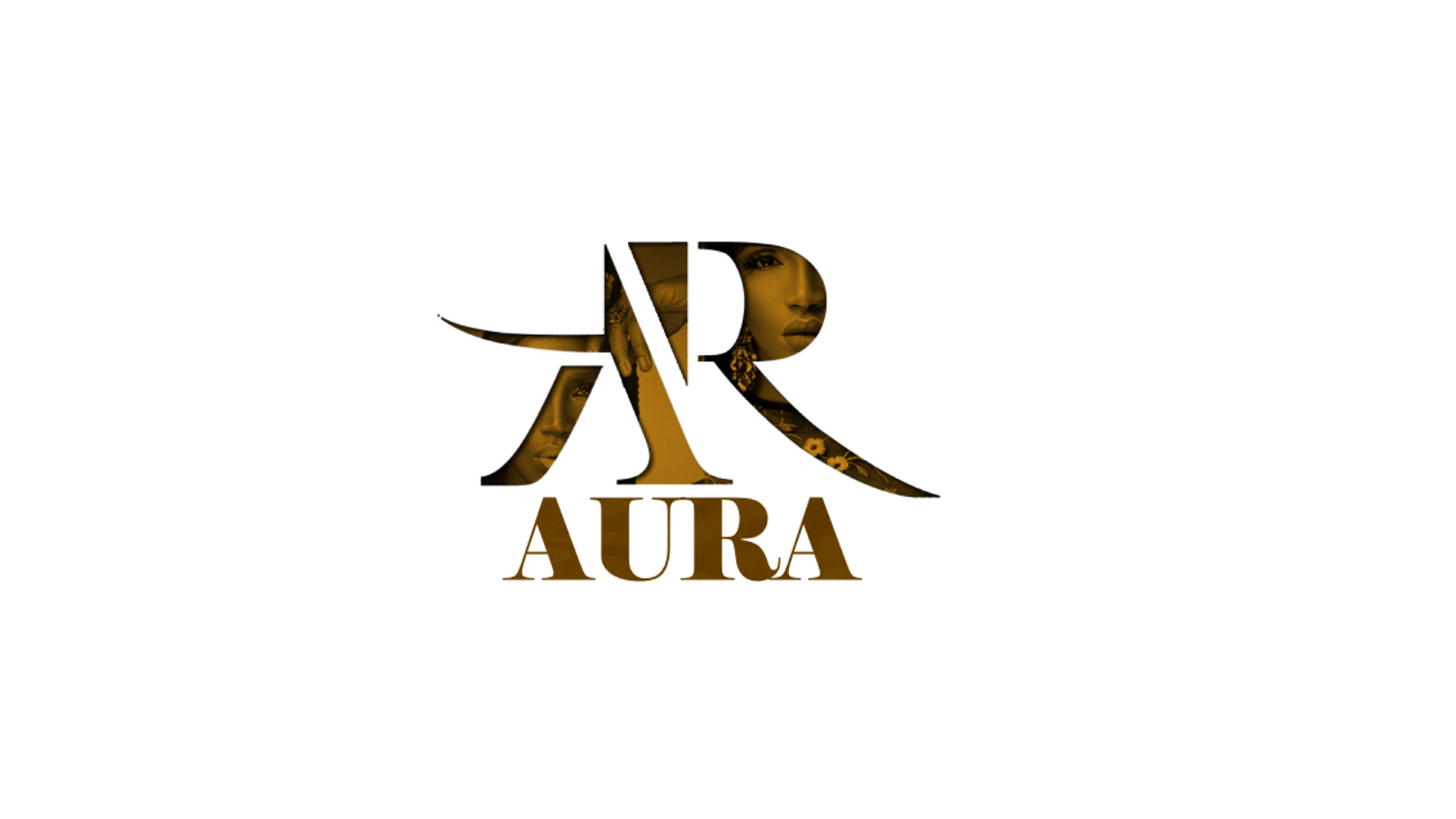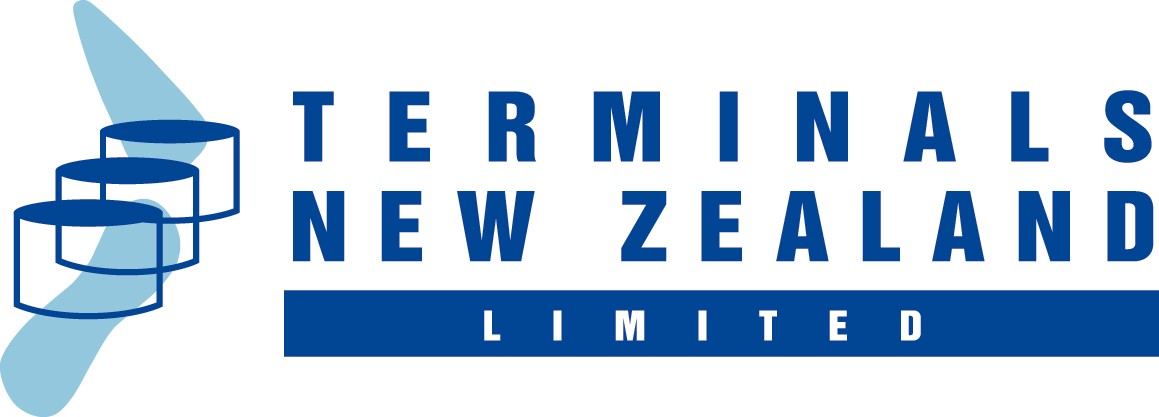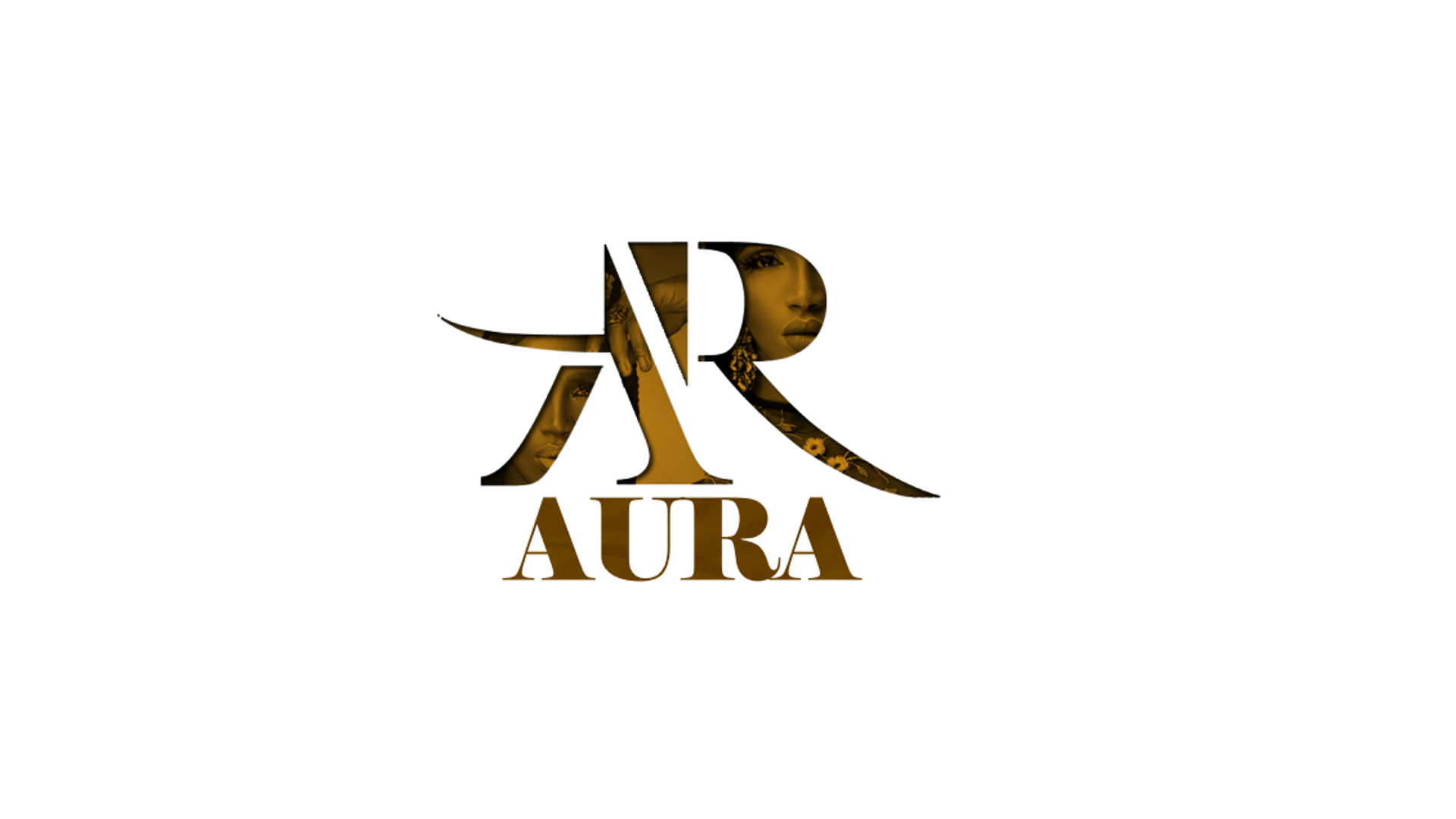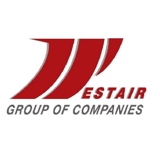Information
-
Audit Title
-
Document No.
-
Client / Site
-
Conducted on
-
Prepared by
-
Location
-
Personnel
Pre Arrival Staging
-
Entire assigned ramp crew is on the gate prior to aircraft arrival?
-
All equipment is outside of the aircraft containment area, including the passenger boarding bridge?
-
FOD Walk is performed and gate ramp area is free of FOD?
-
Approved hearing protection worn?
Marshalling To Gate
-
Marshaller and both wing walkers wearing safety vests and using day/night wands?
-
Marshaller in appropriate location and visible to the flight deck at all times?
-
Both wing walkers in position for the entire receipt and using appropriate hand signals?
Aircraft At Gate
-
Safety guide posts properly positioned upon arrival?
-
Aircraft properly chocked, nose wheel and right inboard main (aft tire on the B757, B767 and A330)?
-
Passenger boarding bridge does not move towards aircraft until after the nose wheel has been chocked?
-
Passenger boarding bridge is positioned properly and the rubber spacer is not touching the aircraft?
-
Aircraft engine spool down time observed?<br>
-
Correct steering bypass pin installed prior to tow bar connection?<br>
-
Guide person used to connect tow bar and push tug – push tug driver refrains from standing while connection is made?<br>
-
Ground power and/or air hose connected and operating properly?<br>
-
Walk around completed by Marshaller within 10 minutes?<br>
-
Equipment and personnel are clear of the cargo bin door when opening?<br>
-
Belt loaders properly positioned at the aircraft and properly chocked?<br>
-
Belt loaders are not driven while the handrails are raised?<br>
-
Proper Fall Protection used? (i.e. Handrail)<br>
-
Employees refrain from riding or walking on moving belt into or out of the aircraft bin?<br>
-
Five foot rule is observed by all applicable ground equipment?<br>
-
Fuel truck or stationary hydrant cart properly positioned, chocked and bonded while parked at the aircraft? <br>
-
Water/Lav service truck properly positioned and chocked?<br>
-
Catering truck properly chocked, stabilizers extended, with rubber space bar not touching the aircraft and safety guide rails extended?<br>
-
Employees avoided leaving rear door of high lift truck open with truck body raised?<br>
-
No three-way connections were observed?<br>
-
Vehicles left running and unattended are properly corralled or chocked?<br>
-
Employees avoided standing or crossing between hitched baggage carts/dollies?<br>
-
Employees avoided piling/transporting baggage or cargo on cart roofs or on tug hoods and inside tug?<br>
-
Employees avoided driving under aircraft wings (exception B767 & A330 for applicable ground equipment)?<br>
-
Employees operating equipment at safe speeds?<br>
-
Bin contents stacked below Fire Suppression Line?<br>
-
Cargo nets installed prior to closing bin door?<br>
-
Employees refrained from using personal electronic devices?<br>
Pre-Departure
-
Walk around completed for pre-departure?<br>
-
Main gear chocks are pulled and stowed after all ground equipment is clear of the aircraft containment area?<br>
-
Nose wheel chocks remain in place until after passenger boarding bridge is removed?<br>
-
Safety guide posts removed and properly stored at departure time?<br>
Pushback
-
Aircraft containment area is clear before dispatching aircraft?<br>
-
Both wing walkers in position prior to commencement of pushback?<br>
-
Both wing walkers are wearing a safety vest and using day/night wands?<br>
-
Push tug driver communicates pushback about to commence to wing walkers prior to aircraft movement?<br>
-
Wing walkers in position for the entire dispatch procedure, displaying correct hand signals during pushback?<br>
-
After pushback, Hold Signal is displayed until all equipment and personnel are clear of aircraft?<br>






